Learn to love you is a new product marking the collaboration between Pham Dinh Thai Ngan and Lou Hoang. The MV was released on June 12, 2025 on Pham Dinh Thai Ngan's YouTube channel with 369,000 subscribers. As of yesterday (June 16), the MV attracted about 330,000 views, 14,000 likes and more than 2,500 comments, and is currently at number 22 in the Trending Music Category.
It can be said that, in the relative silence of the ballad genre of Vietnamese music in 2025, Learn to love you With its not-so-new content about love, it has emerged as a testament to sincere emotions, combined with modern musical techniques, that can still touch the hearts of listeners in a profound and timeless way.
A song that evokes deep emotions
Right from the name Learn to love you has directed listeners to a difference compared to the usual romantic ballads. Not the crazy love, or the pain of losing each other, then begging to come back, but... learning to love you. "Learning to" means not knowing, learning, maybe wrong and having to hurt to understand. It is not humility, inferiority in love, but a sign of a mature man, or wanting to mature. It is like a "transformation" from youthful passionate love to gentle, silent, knowing love for each other.

"I don't expect anything in return from you/ Just being happy is enough..." - this line in the chorus sounds like a whisper carrying a gentle philosophy, but not everyone admits that: Love also needs to be learned. Pham Dinh Thai Ngan is already known as a powerful, emotional ballad singer, but in this song, he not only sings "well" but also sings with modern musical spirit and feeling.
Learn to love you The song does not use groundbreaking structures or complex rhythms. It is this minimalism that creates emotional weight. The song opens with a light piano and electronic drums, the blurred background, typical of modern K-ballads influenced by Korean music.
The voice seems to resonate from a separate space, with just enough reverb and a moderate amount of space, as if expressing a monologue. At the beginning, the listener may feel that the lyrics are unclear. This is more an artistic intention than a technical shortcoming. The arrangement uses techniques to increase the depth of space but softens the consonants, making the words seem to melt into the instruments. It is this ambiguity that evokes a feeling of vagueness and distance, as if memories are just coming back. The chorus is not rushed but only raises the voice just enough, using technical effects but still maintaining the inner narrative quality until the end.
A little step forward in music
Learn to love you is a ballad with a modern Korean ballad (K-ballad) feel, both in arrangement, melody and singing style. There, you can feel the slow rhythm, the "catchy" melody but simple mainly the background piano, creating a quiet space for emotions to stand out; free rhythm, like a confession... In general, Learn to love you K-ballad spirit: Emotional without being sentimental.
Learn to love you It sounds more like a diary entry written for oneself than a confession to someone else. The lyrics are short and uncomplicated: "I used to think that I would never love anyone again/ But then you came like the sunshine after rainy days…" - the first sentence is in the past, the second sentence is in the present, and both are set in a natural, non-dramatic flow of emotions. This is the "internalizing" style of writing lyrics - a prominent feature in modern pop-ballads influenced by Korean and Japanese music.
Overall, the language used in the lyrics of the song Learn to love you There is moderation, no repetition of the motif of fading love or reproach.
Looking at the general level of music for young people today, Learn to love you It is not a song with a breakthrough in structure or creative form, but it shows that the owner of the work has made progress in aesthetic sense, a clear example of the new Vietnamese music trend that goes deep into the inner self, combining modern sound techniques, but still keeping the rustic poetry in the lyrics.
About the images, MV Learn to love you chooses a minimalist but emotional storytelling style, focusing on portraying the mood of the male protagonist - who is facing memories of love and regret. The scenes have a neutral tone, creating a quiet, melancholy atmosphere. The camera angles are cleverly used, with many close-up scenes with soft light, helping to highlight the inner expression of singer Pham Dinh Thai Ngan, who is also the main character in the MV.
The visuals do not build a story, but rather focus on emotional slices, moments that remind of past love. This is a way of expression quite similar to modern Korean ballad MVs, where the visuals act as a subtle backdrop for the music, not overwhelming but supporting the song's sublimation of emotions.

Be accepted and gradually grow up
Immediately after its release, Learn to love you by Pham Dinh Thai Ngan in collaboration with Lou Hoang quickly became a top trend on online music platforms and is still in the top trend of YouTube Music.
Lou Hoang is a young singer and musician in the Vietnamese music industry. He has experience composing and performing many songs in the pop-ballad genre; and at the same time, he often collaborates with other artists. Many audiences support the combination of Pham Dinh Thai Ngan and Lou Hoang, for example: "A song that touches the emotions, good lyrics, Ngan's voice is beautiful, Lou sings emotionally and the MV is gentle" (account @HoaNguyen-r4m). Or: "The two of their voices combined together must be called the top, easy to listen to and pleasant; the lyrics are emotional, sweeter than sugarcane; this song is very suitable for replay; the MV is beautiful beyond reproach" (TK @yen5293).
There are people who are loyal audiences of Thai Ngan: "I have been following Thai Ngan for many years, his songs always touch my heart. The melody is gentle and profound, I found it good the first time I heard it. This song must be on top trending" (TK @RinDayy07). There are also very new audiences: "I know Ngan through Hi brother , at first I wasn't impressed, but the more I learned about her, the more I liked Ngan. I've heard all of Ngan's previous songs, but I didn't know the author of those songs was Ngan. I was quite surprised" (TK @imy2_a).
There is an audience who relates to their own situation: "I have also experienced love, but have never been happy. I always think I am ugly, not worthy of that person. But for me, that person is the only one, but that person always makes me cry, never cares about my feelings" (TK @hanghang1303). This reader also shares his feelings about Thai Ngan: "When I listen to your MV, I feel that you are a very emotional person, any girl who loves you must be very happy".
From the comments, it can be seen that many listeners see themselves in it. It is a sympathy that comes not only from the melody, but from the truth that love is sometimes not about possessing, but learning how to love properly.
To conclude
Pham Dinh Thai Ngan is known through the program The X-Factor 2014. Since then, Thai Ngan's musical path, although not really explosive like many other contemporary market singers, has its own path, personality, and shows a tendency to make listeners think of artistic "quality" as the most noteworthy thing in the young male artist's music.
In a youth music market that is still "covered" by mainstream ballads, electronic music and rap invade with many tricks, Learn to love you like a small but soulful piece of music, both trendy and unique, enough for listeners to stop and share with the artist about how to learn to love.
Source: https://baoquangninh.vn/mv-hoc-cach-yeu-em-nhac-suy-nhung-khong-luy-3362866.html


![[Photo] Binh Trieu 1 Bridge has been completed, raised by 1.1m, and will open to traffic at the end of November.](https://vphoto.vietnam.vn/thumb/1200x675/vietnam/resource/IMAGE/2025/10/2/a6549e2a3b5848a1ba76a1ded6141fae)


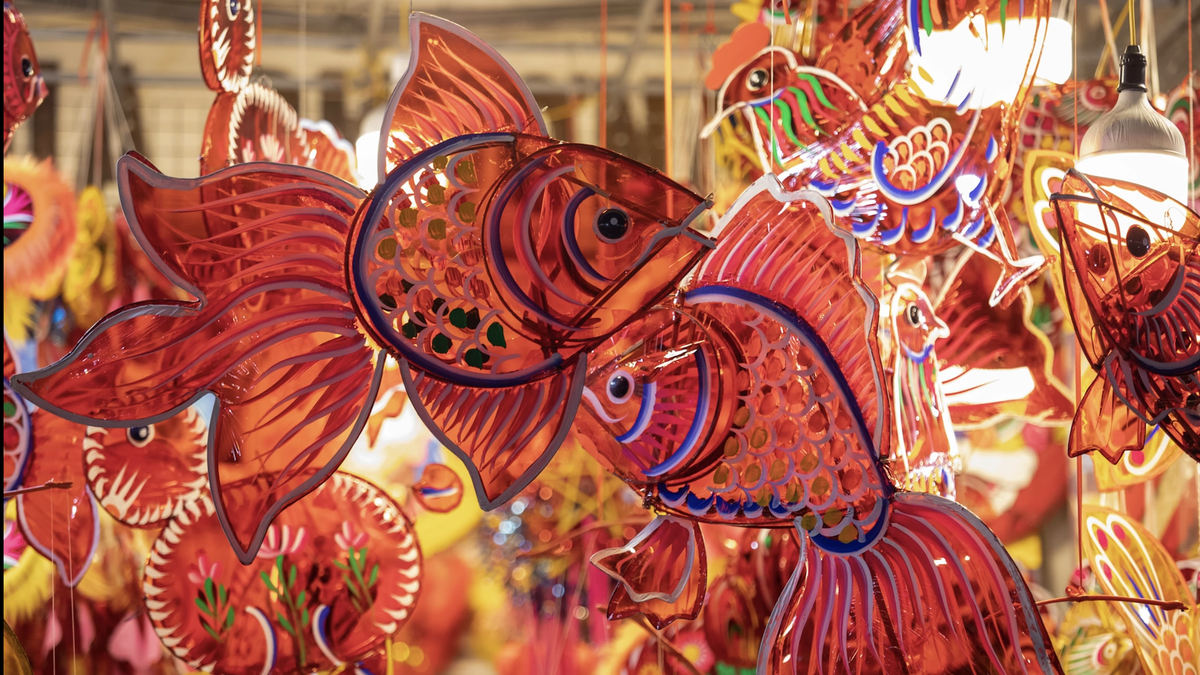




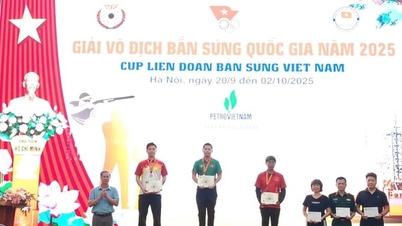







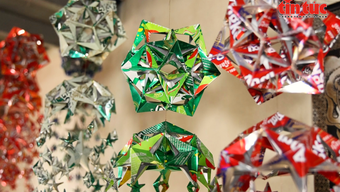



















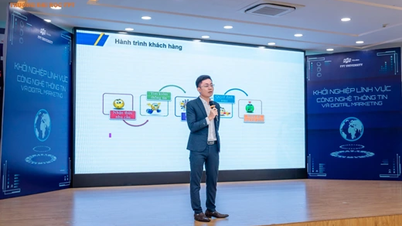


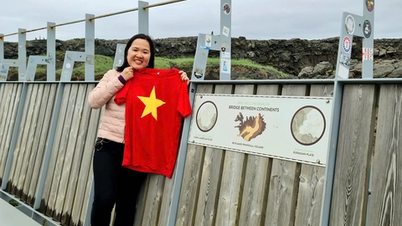

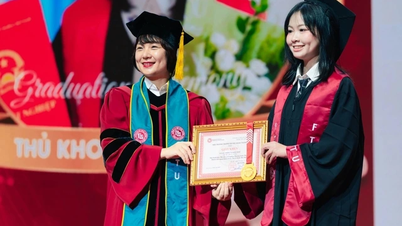




















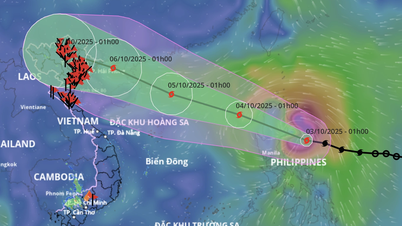


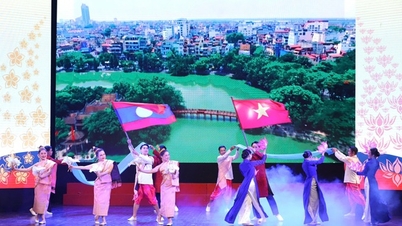

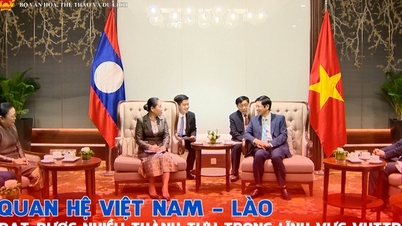








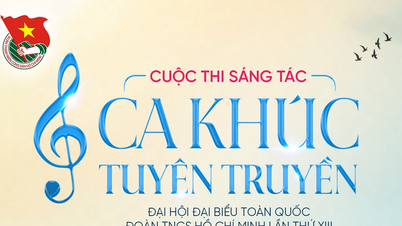














Comment (0)